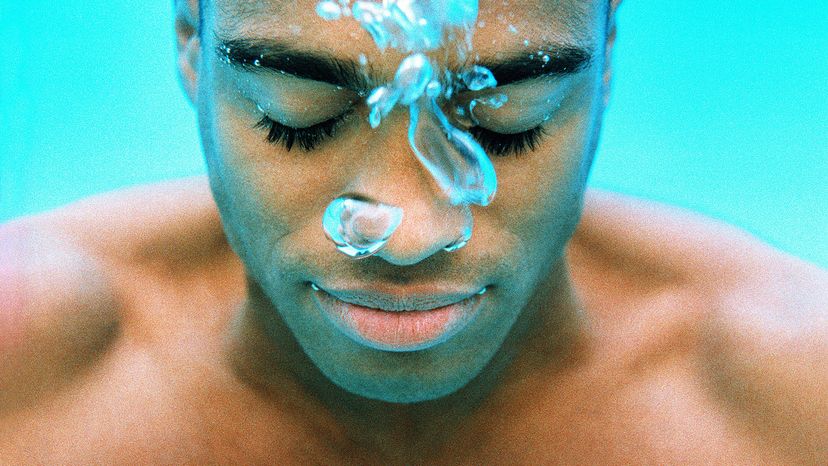Apneists, as they are called, undergo extensive training to hold their breath far longer than the average person. Everyone has their own particular combination of physical and mental techniques, but the result is the same: By moving very little, and by entering a state of deep concentration, they are able to hold their breath for astonishing amounts of time.
Optimizing Oxygen and Carbon Dioxide
There are essentially two variables that have to be kept track of when going for the static apnea record: oxygen and carbon dioxide. As you hold your breath, your body continues to use the last dose of oxygen you inhaled in your lungs to keep your heart rate steady, your brain functioning, and all the rest of your organ tissues alive.
While that's happening, carbon dioxide is building up in your blood. There are physical mechanisms that alert you when too much CO2 is present, which is experienced by a strong urge to breathe.
As time passes, the buildup of CO2, combined with the gradual depletion of O2, creates increasing pressure, leading to an almost panic-like state as your internal system sounds the alarm: "Breathe now! It's important if you want to stay alive!"
Strategic Hyperventilation
Elite apneists are able to hold off this powerful urge for as long as possible. They also usually deploy a kind of hyperventilation technique before beginning their attempt, which helps flush CO2 from the system and make it easier to withstand the reflex to breathe.
Eventually, you will pass out, but these expert athletes are able to hold their breath until the last possible second.
